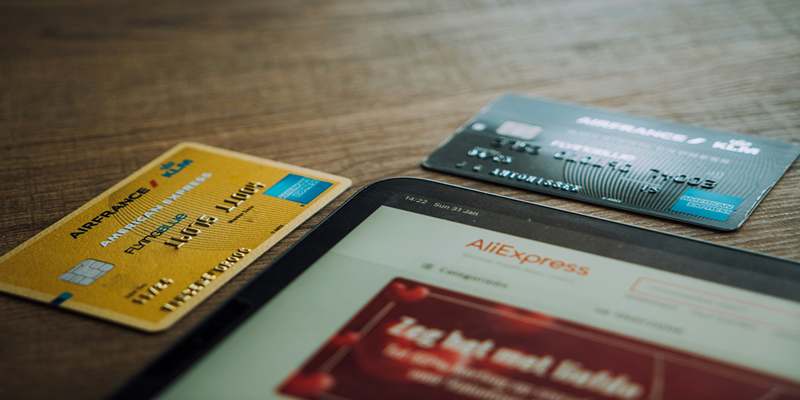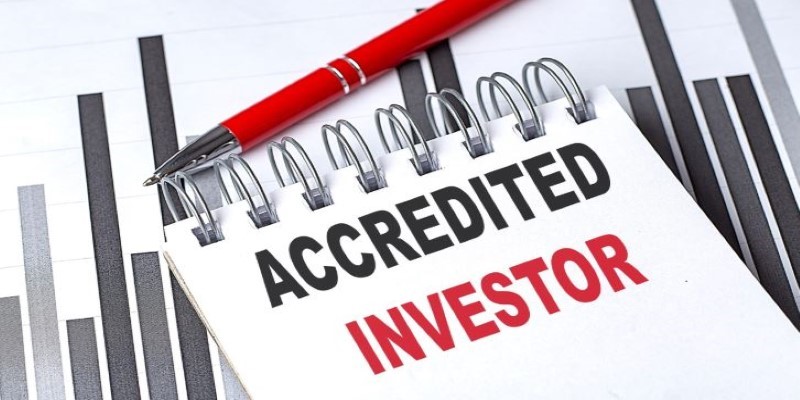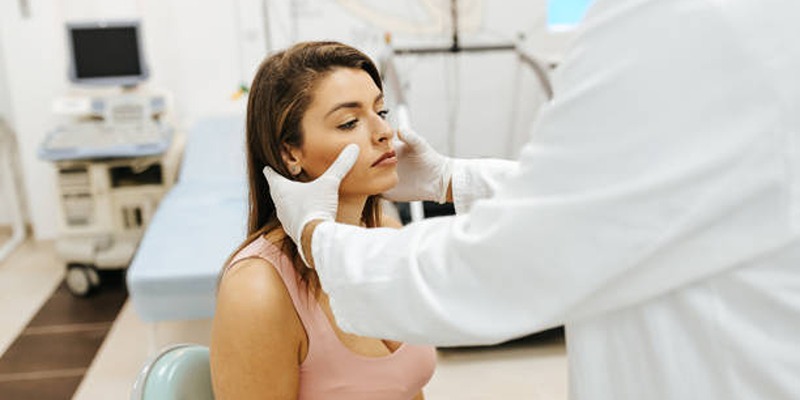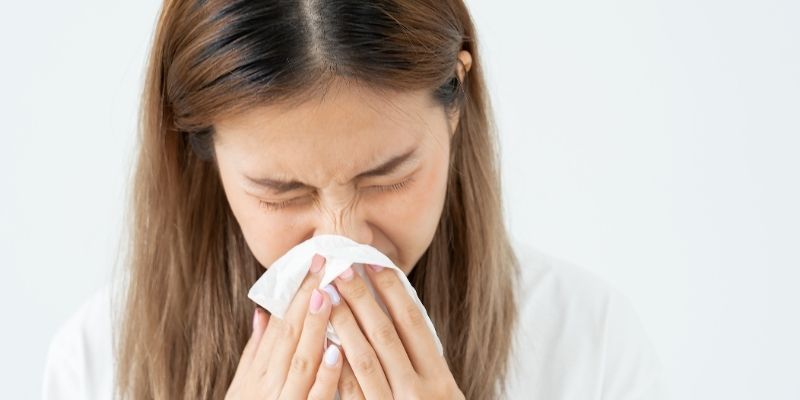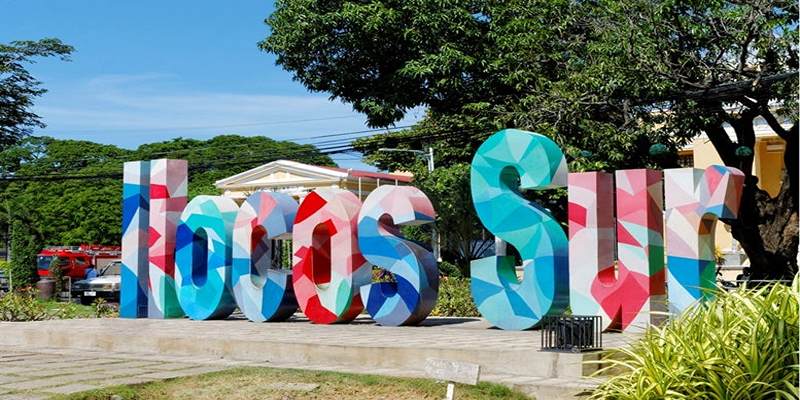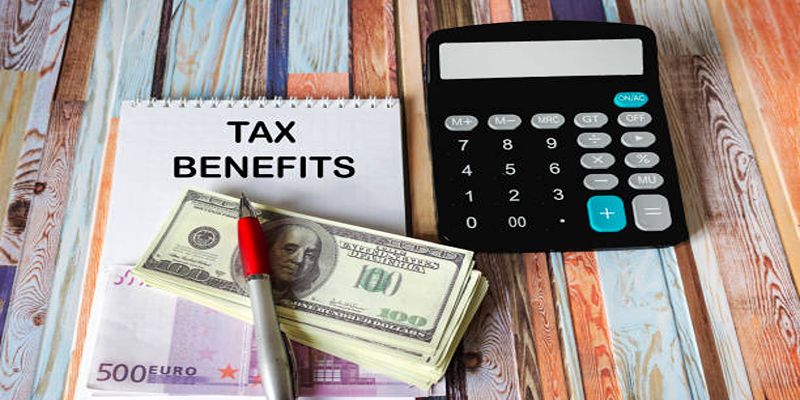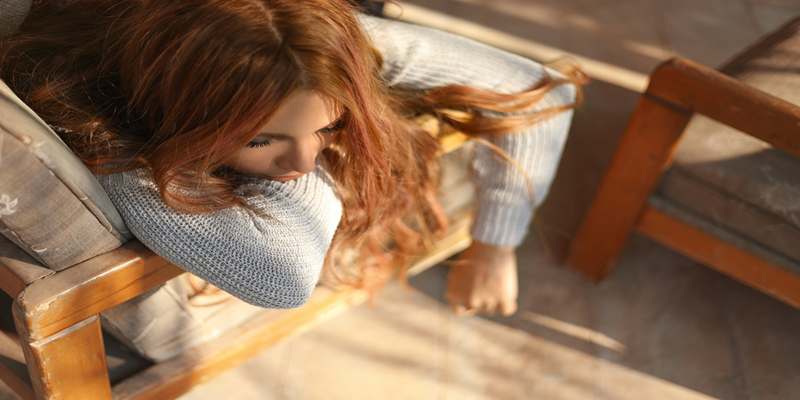Bystander CPR: Why Your Quick Action Could Save a Life
Sudden cardiac crises may make daily life-threatening. Every second matters when a heart stops. Bystander CPR saves lives. Many worry they'll do more harm than good. This uncertainty might kill. This blog describes stranger CPR, how simple it is, and how it may save lives.
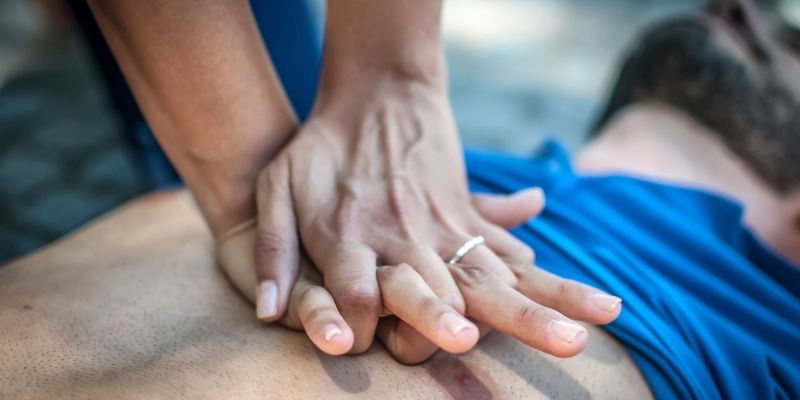
Know Cardiac Arrest and Bystander CPR
Cardiac arrest rapidly ceases heart action, cutting off vital organ blood supply. Without care, it may kill in minutes. Heart attacks are caused by restricted blood flow, whereas cardiac arrest is electrical. Brain injury occurs in minutes when oxygenated blood stops flowing after cardiac arrest. Instant CPR may double or triple life. CPR may save lives, but studies reveal that just half of cardiac arrest victims get it before professional aid arrives.
Bystander CPR pumps the heart with chest compressions until emergency personnel arrive, delivering blood and oxygen to essential organs. Quick response is crucial since every minute without CPR decreases mortality by 10%. Before medical aid arrives, bystander CPR saves lives. Many individuals are hesitant or don't know how to accomplish this simple deed that will have tremendous repercussions. Knowing about and how to do stranger CPR may help people survive cardiac arrest.
Hands-only CPR is simple and effective.
Many assume CPR is hard to learn and requires a lot of practice, yet CPR is straightforward, efficient, and easy hands-on. It just involves chest compressions; thus, non-trained people may use it. To do hands-on CPR, call 911 and compress the chest. Press forcefully and fast at 100–120 compressions per minute in the victim's chest. Press at least two inches into the chest and let it rebound between compressions. Keep blood flowing to the brain and other vital organs until aid arrives.
Research reveals that hands-on CPR performs as effectively as traditional CPR for people with rapid cardiac stops. Easy chest compressions lessen resistance and urge others to assist. Anybody can save lives with hands-on CPR. It reduces anxiety and emphasizes that some CPR is better than none. PSAs encourage people to assist swiftly in cardiac emergencies.
Live examples: instant action outcomes
Real-life examples show that stranger CPR can save lives. Before the ambulance came, a kid in Melbourne did CPR twice on his father, which saved his life. His fate depended on how fast and what he did. A woman in New York passed out after a morning jog, another inspiring event. Someone walking by who knew basic CPR from years ago began chest compressions while someone else called 911. The woman lived and thanked the people who helped her for coming quickly.
This is not a one-off story. A lot of people around the world are still living because strangers helped them during heart attacks. These heroes often had little medical knowledge but relied on CPR and grit. These stories show that someone can save a life even if they haven't studied medicine. People who know how to do CPR and want to help may become heroes in an emergency.
Taking action right away affects more than just survival. People who survive cardiopulmonary arrest usually stay close to the people who saved them for life out of gratitude. People help each other, families don't lose loved ones, and communities strengthen.
Overcoming Fear and Doubt
Bystander CPR works, but many individuals hesitate to perform it improperly for fear of injuring someone or breaking the law. These concerns must be ignored to increase bystander CPR and save lives. Many worry that chest compressions may damage their lungs. This is feasible, but inaction might be disastrous. Many experts believe lousy CPR is better than none.
Due to legal concerns, some don't participate. Many jurisdictions have "Good Samaritan" laws that protect emergency responders. These laws encourage individuals to assist others without fear of legal repercussions. Knowing these legal protections may boost trust and action. Lack of CPR confidence also creates reluctance. Public awareness and rigorous CPR training may overcome this. Several organizations provide free or low-cost CPR lessons to empower individuals to act swiftly.
CPR training reduces uncertainty and builds trust. Short training sessions may help. Use online seminars, videos, and group activities to practice CPR. Understanding that laziness is the highest heart emergency risk is crucial. You may save lives by helping improperly.
AED Value in Cardiovascular Emergencies
AEDs save more heart failure patients. These little gadgets evaluate heart rates and shock to normalize. The likelihood of survival increases with AEDs and CPR. Simple AEDs include auditory prompts for each step. Onlookers may use an AED in an emergency without training. Every minute without defibrillation reduces life expectancy by 7–10%.
AEDs are at schools, stores, and airports. The location and use of AEDs in your community may save your life in an emergency. CPR with AED knowledge helps more individuals use lifesaving equipment. Emergency first responders may benefit from community education and AEDs. CPR and an AED boost survival chances in cardiac emergencies, emphasizing the need for preparation.
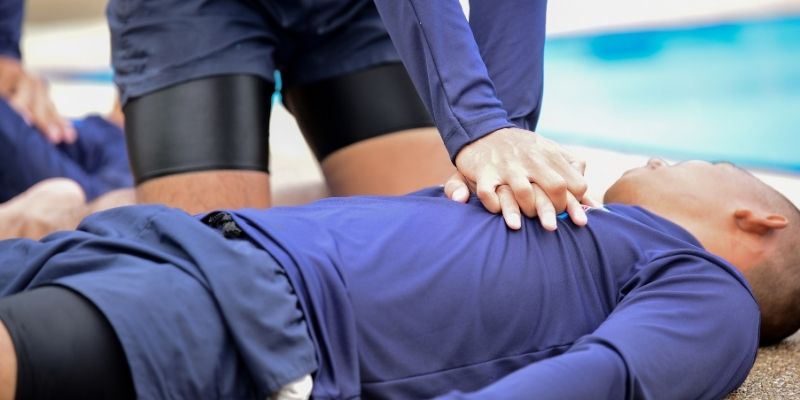
Teaching community members CPR empowers them.
CPR training in communities increases heart attack mortality. Schools, companies, and neighbourhoods may teach hands-on CPR's value and simplicity. Because they desire greater awareness, several locales have boosted spectator CPRs. CPR schools train future lifesavers. The neighbourhood offers CPR lessons and activities.
Technology has raised CPR awareness. AEDs are more straightforward, and phone applications teach CPR in real time. Improvements make witness action simpler than ever. Friendly, ready communities are more responsible. More qualified and willing professionals improve cardiac emergency survival.
CPR instruction strengthens communities by making individuals more helpful and engaged so they assist one another in emergencies. Employees might benefit from CPR and AED training. Safety and preparedness in the workplace may speed up emergency response.
Conclusion
Bystander CPR is basic yet lifesaving. To save a life, you must realize how vital speed is, how simple hands-only CPR is, and how to overcome your concerns. Real-life stories indicate that ordinary people can make a difference, and community education aids disaster response. Being fast to intervene in a cardiac issue might save a life. Give CPR and use an AED if possible. Someone may need your heroism. Our communities can be more sociable, safer, and willing to save lives.

